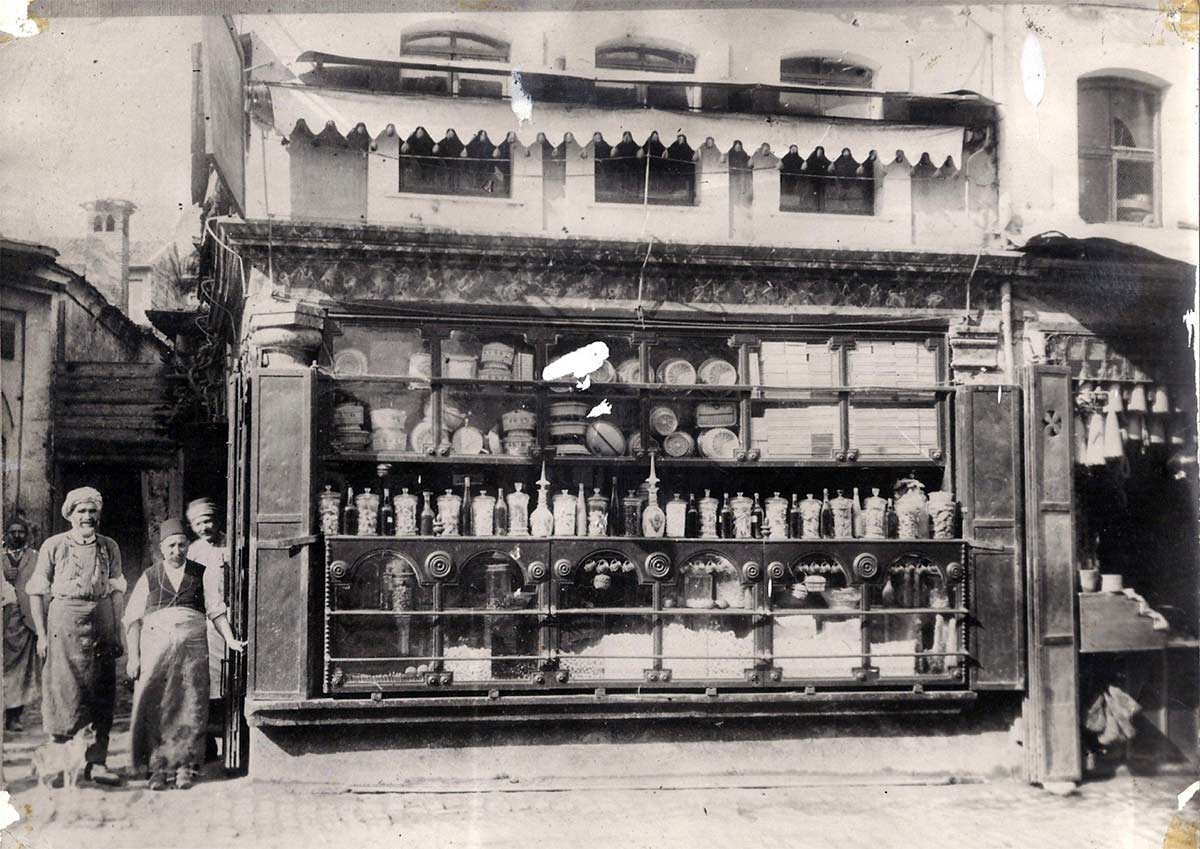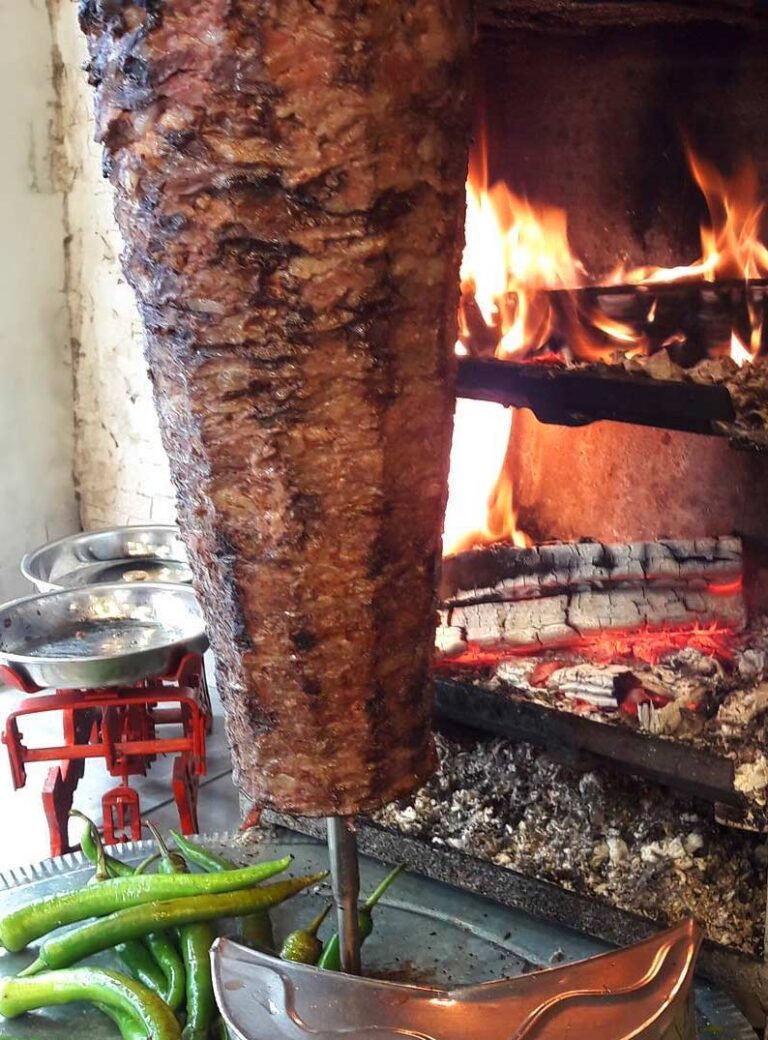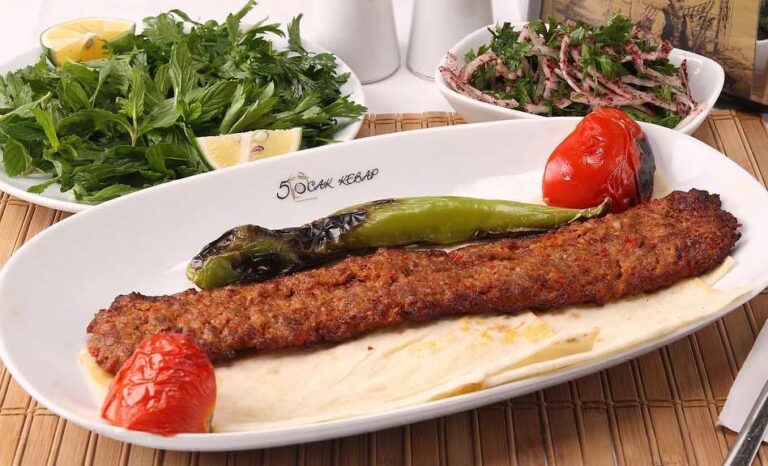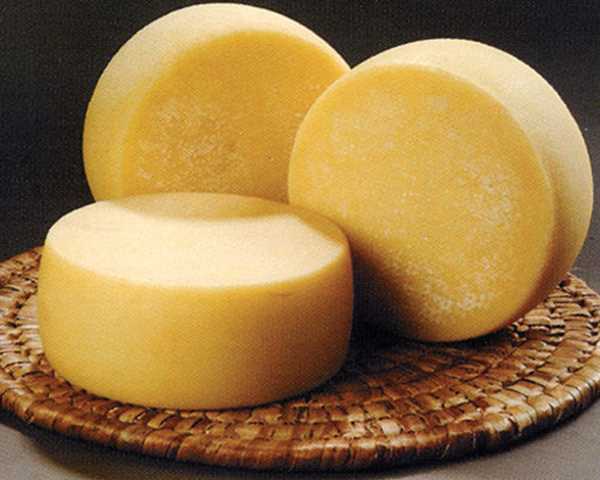Discover the unique history and varieties of Turkish delight! Join us on a flavor journey from Anatolia to the world, uncovering hidden tastes and secrets along the way.
Turkish delight, a sweet with a rich history rooted in the lands of Anatolia, has traveled through time to become a symbol of exquisite taste and cultural heritage. Known since the 15th century, this delicacy originally named “rahatulhukum,” meaning “throat comfort,” has evolved significantly over the centuries. In its early days, honey and molasses were used as sweeteners, and flour served as a thickening agent. The introduction of refined sugar in the second half of the 18th century in Anatolia marked a pivotal change in the production of Turkish delight, especially after the discovery of starch in 1811 by a German scientist, which replaced flour and led to the modern version of “Turkish delight.”
Turkish delight is not just a confectionery; it’s a part of the rich Turkish culinary tradition and a symbol of hospitality. Highly sought after in the Ottoman Empire and to this day, it holds significant value in tourism. It’s a popular souvenir among travelers, available in airports, rest stops, and bus stations, presenting a sweet piece of Turkey’s heritage.
The Stages of Turkish Delight Production
- Gathering Ingredients: Sugar, starch, acid, and water.
- Mixing: Blending sugar and water in a cauldron.
- Preparing Starch Milk: Simultaneously preparing starch milk with the sugar syrup.
- Combining: Merging the sugar syrup with starch milk.
- Cooking: Adding acid and cooking for 1.5-2 hours in an open cauldron.
- Molding and Cooling: Pouring into molds and cooling for approximately 24 hours.
- Cutting and Packaging: Manual or machine cutting and packaging.
Varieties of Turkish Delight
The production of Turkish delight, as previously described, involves a precise blend of water, sugar, starch, and organic acid. Let’s delve into the rich array of varieties this delightful confectionery offers:
Soft and Double-Roasted Delight
- Soft Delight: A classic texture achieved through standard cooking time.
- Double-Roasted Delight: This variety undergoes longer cooking, resulting in a firmer texture and intensified flavor. It can be made with or without added flavors.
Nut-Infused Delights
- Hazelnut, Pistachio, and Antep Pistachio Delight: These varieties are enriched with different nuts, adding a crunchy texture and rich flavor.
Fruit-Flavored and Scented Delights
- Fruit-Flavored Delight (e.g., Mint, Lemon, Cherry, Pomegranate, Orange): Although these delights are known for their fruit aromas, they are typically not made with actual fruit juice but with identical natural flavoring agents.
- Rose Delight: Incorporating rose petals or essence, this variety offers a floral aroma and delicate taste.
Special Varieties
- Plain Delight: Consists only of sugar, water, starch, and acid, without any added flavoring or coloring agents.
- Sultan Delight: A variant of plain delight, lightened with soapwort extract and mixed with sugar syrup to achieve a distinctive white color.
- Sausage-Shaped Delight: Partly cooled delight mixed with flavoring agents, shaped into thin cylinders. In some regions, walnuts strung on a thread are dipped into warm, plain delight mixture until the desired thickness is achieved, creating “Cevizli Sucuk” or walnut sausage delight.
- Chocolate-Coated Delight: Delight pieces, plain or flavored, are dipped in prepared chocolate sauce, offering a unique and indulgent taste. This type is particularly popular among children and is often served at gatherings and special occasions.
- Bird Delight: Small-sized delights, typically made during the production of plain delight, are flavored with various aromatic agents and cut into bite-sized pieces for easy consumption.
- Flavored Delight: During the cooling process of plain delight on steel tables, pre-prepared flavoring agents like hazelnuts, pistachios, Antep pistachios, or walnut pieces are added. This type is highly popular for its enhanced flavor, often featured in special events like engagements and religious ceremonies.
Fruit-Infused Delight
- Fruit Delight: Unlike the fruit-flavored variety, this is made by adding fruit juice or essence to the plain delight base. The production of authentic fruit-filled delight in Turkey is relatively rare, as the traditional recipe predominantly uses water, sugar, starch, and acid. Adding fruit essence as a fifth ingredient changes the formula, making the production more challenging due to alterations in texture and cooking requirements.
These varieties of Turkish delight, each with its unique flavor and texture, not only represent the rich culinary tradition of Turkey but also cater to diverse palates, offering a sweet taste of Turkish heritage to the world.
The Significance and Production of Fruit-flavored Delights
Fruit-flavored Turkish delight involves adding fruit juice or essence to the plain delight base. While not widespread in Turkey due to the complexity of incorporating fruit essences into the traditional recipe, these varieties offer a healthy and flavorful alternative. The process adjusts the texture and cooking time, making the production more intricate but resulting in delights with a more natural fruit taste.
Cultural and Social Importance of Turkish Delight
Turkish delight is more than a sweet treat; it represents the elegance of Turkish culture and hospitality. Served on special occasions, holidays, engagements, and other celebrations, it reflects the host’s esteem and grace. It’s a popular gift for tourists, enabling them to take a part of Turkey’s sweet legacy home. Turkish delight plays a crucial role in promoting Turkish cuisine worldwide, standing as a proud representative of Turkey’s rich gastronomic heritage.
Conclusion
Turkish delight, a timeless sweet tradition, has seamlessly blended traditional tastes with contemporary flavors. Each variety represents a piece of Turkey’s diverse and rich cultural tapestry, sweetly encapsulating its history and traditions. As Turkish delight continues to captivate sweet lovers around the globe, knowledge of its history and varieties invites one to be part of this delicious journey. On this flavorful adventure, Turkish delight holds a special place in both taste buds and hearts, continuing to charm and delight.
Hacı Bekir Confectionery: Turkey’s Oldest Living Business, Enriched with Turkish Delight

Hacı Bekir Confectionery, a stalwart in the Turkish culinary culture, has a rich history and tradition in sweet-making that dates back to 1777. This enduring journey began in Istanbul, Eminönü, marking Hacı Bekir as the oldest existing business in Turkey.
Foundation and History
Founded by Ali Muhiddin Hacı Bekir in 1777 in Istanbul, this historic establishment is considered one of the oldest in the Turkish confectionery industry and, according to some economic historians, among the oldest existing companies in Turkey. Hacı Bekir has earned fame for its Turkish delight and traditional hard candies known as ‘akide’ with flavors like rose, cinnamon, mastic, orange, and lemon. The brand skillfully merges traditional Turkish sweets with modern production techniques to achieve global recognition.
Signature Flavors
Hacı Bekir’s Turkish delights hold a special place in the array of Turkish desserts. Their rose, cinnamon, mastic, orange, and lemon-flavored akide candies represent the best of traditional Turkish confectionery, playing a significant role in introducing local flavors to the world stage.
Locations and Operations
With its first store opened in Eminönü in 1777, Hacı Bekir now operates in eight different locations across Istanbul and Ankara. Each branch serves its customers with a commitment to historical heritage and product quality.
Address Information
The headquarters of Hacı Bekir Confectionery is located in the Fatih district of Istanbul, at Hamidiye Caddesi, No:33, Eminönü. This historic store continues to be a must-visit for those seeking traditional Turkish sweets.
Hacı Bekir Confectionery transcends being just a business; it’s regarded as a symbol of Turkey’s rich culinary heritage. Its centuries-long sweet journey holds a special place in the hearts of both local patrons and global sweet enthusiasts.



